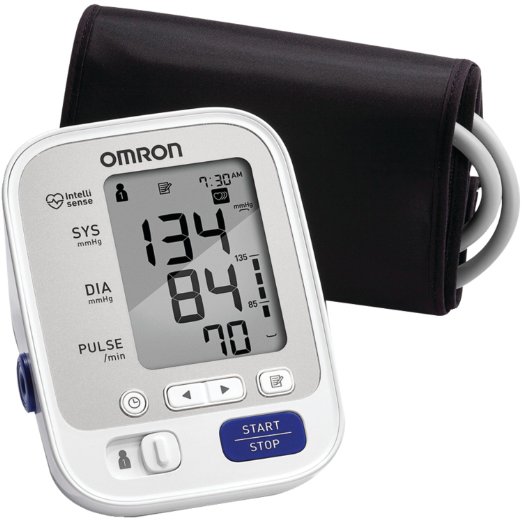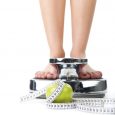Blood Pressure and Exercise
As most people are aware, high blood pressure (hypertension) is a serious disease that leads to major health problems if left untreated. It is usually defined as pressure greater than 140/90, and affects more than 25% of all Americans. If you are diagnosed with this condition, your doctor will most likely prescribe prescription medication and suggest lifestyle changes. One suggestion that will be made is to include some form of regular exercise into your daily routine. This is because studies have shown the relationship between blood pressure and exercise, and how making small changes in your exercise schedule can bring about positive results in your blood pressure.
Most people have a desire to stay in good health and be physically fit, but not everyone actually does something about it. Living a sedentary lifestyle can help to cause other health problems besides high blood pressure, such as obesity and wear and tear on joints. Although many people understand this, the thought of getting started on an exercise program can be daunting to some.
Aerobic activity is necessary to bring high blood pressure under control. Before worrying about long hours at the gym, though, consider that even household chores such as scrubbing a floor or mowing the lawn qualifies as aerobic exercise. In fact, any physical activity that causes you to breathe faster and increases your pulse and heart rate is counted as an aerobic activity.
Try to include at least thirty minutes of activity in your daily schedule, such as:
• Walking
• Bicycling
• Swimming
• Climbing stairs
• Raking leaves
• Participating in an active sport
Besides helping to bring high blood pressure under control, and being the natural side effect of weight loss, regular exercise offers many other benefits of health and fitness, including:
• Improved strength and muscle tone
• Stronger bones
• Reduced depression, tension, stress and anxiety
• Improved sleep
• Flexibility and balance
• Increased energy levels
• Faster metabolism
• Improved appearance and self-esteem
Always start and end any exercise session with a few minutes of stretching. This will help to prevent muscle strain, injury and muscle cramps. Aerobic exercise uses the large muscle groups and helps improve your body’s use of oxygen. Regular physical activity helps to regulate blood sugar as well as blood pressure, improves blood circulation and strengthens the lungs and heart.
Because of the relationship between blood pressure and exercise, you may be able to bring your blood pressure under control while improving your overall health and fitness, and may be able to avoid or reduce the use of prescription medications. As with any lifestyle change, contact a licensed healthcare professional for a consultation relating to your particular health situation.






